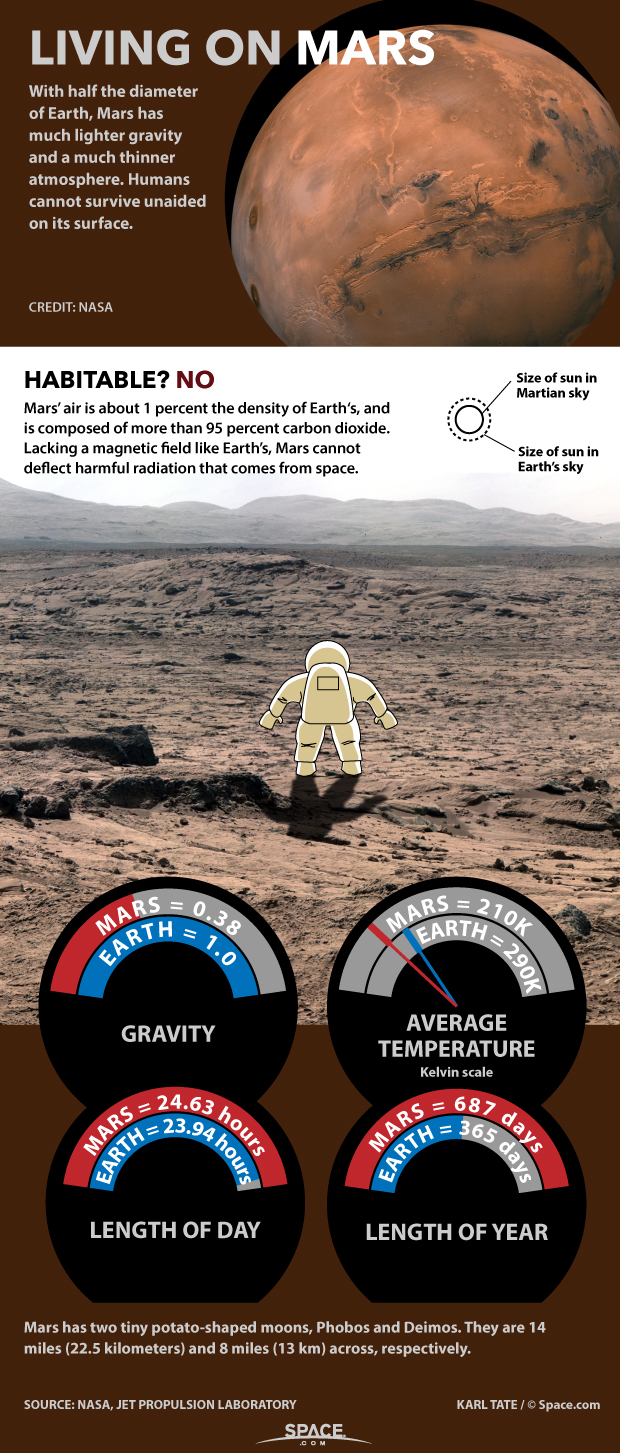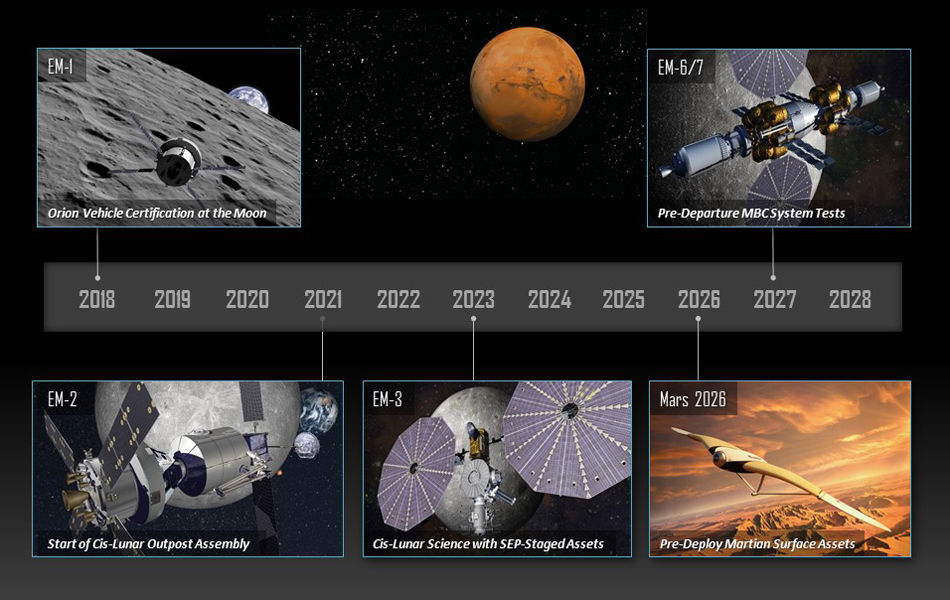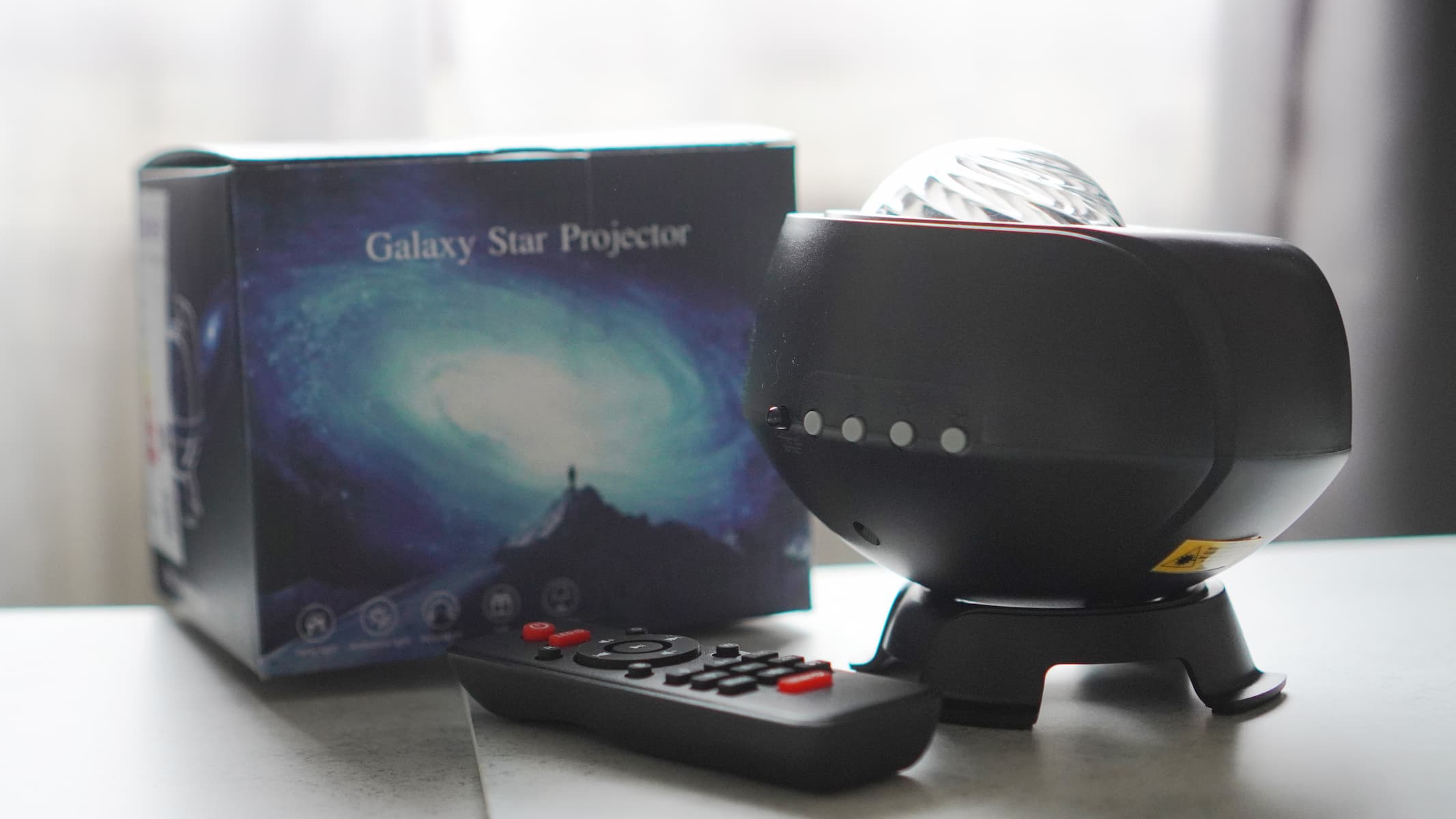
Humanity may camp out for a year or so in Mars orbit to get ready for its epic first trek to the Red Planet's surface.
The aerospace company Lockheed Martin recently proposed that NASA work with its international partners and private industry to set up a space station in Mars orbit by 2028. The astronauts working and living aboard this "Mars Base Camp" could help collect information that any future Red Planet explorer would need to know, the project's developers say.
"Before we send people to the surface of Mars, we owe it to that crew, to ourselves, to understand if there's life on the planet and if there's anything that's toxic to humans," said Steve Bailey, the president and chief engineer of the Colorado-based company Deep Space Systems Inc. "This mission will do those two very fundamental things." [The Search for Life on Mars (A Photo Timeline)]

Bailey and Steve Jolly, chief engineer for civil space at Lockheed Martin, discussed the Mars Base Camp idea July 27 during a presentation with NASA's Future In-Space Operations (FISO) working group.
The Mars Base Camp plan
NASA is currently developing a capsule called Orion and the huge Space Launch System (SLS) rocket to get astronauts to Mars and other distant destinations.
Orion has flown once, on an uncrewed test flight in December 2014. The maiden flight of SLS is currently scheduled for late 2018, when the rocket will blast Orion on an unmanned, weeklong trip around the moon known as Exploration Mission-1 (EM-1).
"SLS is about to become operational; Orion is about to become operational," Bailey said. "What do we do with these vehicles? How do we best utilize those to get the highest bang for the buck for Mars science?"
Get the Space.com Newsletter
Breaking space news, the latest updates on rocket launches, skywatching events and more!
The answer, according to the Lockheed plan, is to build a 132-ton (120 metric tons) Red Planet space station, the core of which would be composed of two Orions and two habitat modules/science laboratories. (For comparison, the International Space Station weighs about 440 tons, or 400 metric tons.)
Mars Base Camp could support up to six astronauts, who would stay aboard for about a year. These crewmembers would ideally be career scientists who received astronaut training, rather than test pilots taught to do a little geology work, Jolly said.
"This is more like Jack Schmitt on Apollo 17 heading to Mars," Jolly said, referring to the geologist on NASA's last crewed moon mission in 1972. [Lunar Legacy: 45 Apollo Moon Mission Photos]
A year at Mars
Mars Base Camp crewmembers would be pretty busy. For example, Jolly said, they would likely analyze samples of Red Planet dirt and rock, poring over them for signs of past or present life.
Such material would presumably be collected by NASA's Mars 2020 rover and/or the European/Russian ExoMars rover, both of which are scheduled to launch in 2020. (There is currently no firm plan in place to get such samples off Mars and into orbit, however.)
From their lofty perch, the astronauts would also operate a dozen or so robotic "surface assets" — wheeled rovers, and perhaps also winged vehicles that would ply the Red Planet's sky. (This gear would be ready and waiting for the astronauts to arrive, having been sent to Mars via SLS in 2026.)
Such near-real-time robot control is not possible today, given the immense distance between Earth and Mars, and it could allow big discoveries to be made, Jolly said.
For instance, the robots could be sent to investigate transient phenomena on Mars, such as plumes of methane (a gas that may be a sign of life) or recurring slope lineae (RSL), intriguing dark streaks that occur seasonally and appear to be caused by liquid water.
"That's really something we're throwing out to the scientists — to imagine that you have this ability," Jolly said.
The Base Camp crew would also get to do some exploring of their own. The Lockheed plan envisions astronauts making two- to three-week sorties to Phobos and Deimos, the two tiny moons of Mars, to collect samples and perform other science work.
Such exploration would likely be accomplished with the aid of long-legged "spider walkers," which would provide stability in the microgravity environment, Bailey said. (Astronauts on Phobos and Deimos would feel just 0.04 percent the gravitational pull experienced here on Earth.)

Achievable and affordable?
Making Mars Base Camp happen doesn't require any big technological leaps, Jolly said. The plan should be affordable as well, he added, given the amount of money NASA will spend in the near future in an attempt to get astronauts to Mars — the chief long-term goal of the agency's human-spaceflight program.
"Between the $4 [billion] to $9 billion a year that NASA will spend on exploration missions — and that includes both EM stuff and, obviously, [the International] Space Station — then, over a 10- or 15- or 20-year period, they will have spent $50 to $80 billion in total expenditures," Jolly said. ("EM stuff" refers to EM-1 and a series of other test flights involving Orion and SLS.)
Mars Base Camp would also stretch those dollars via reuse, Jolly said.
"We envision a series of missions using the same architecture, and the next one, or the one right after that, goes to the [Martian] surface," he said. "We're not ready to talk about that today, but we wanted to make sure that the community listening realizes this wasn't a one-off concept."
Follow Mike Wall on Twitter @michaeldwall and Google+. Follow us @Spacedotcom, Facebook or Google+. Originally published on Space.com.
Join our Space Forums to keep talking space on the latest missions, night sky and more! And if you have a news tip, correction or comment, let us know at: community@space.com.

Michael Wall is a Senior Space Writer with Space.com and joined the team in 2010. He primarily covers exoplanets, spaceflight and military space, but has been known to dabble in the space art beat. His book about the search for alien life, "Out There," was published on Nov. 13, 2018. Before becoming a science writer, Michael worked as a herpetologist and wildlife biologist. He has a Ph.D. in evolutionary biology from the University of Sydney, Australia, a bachelor's degree from the University of Arizona, and a graduate certificate in science writing from the University of California, Santa Cruz. To find out what his latest project is, you can follow Michael on Twitter.
